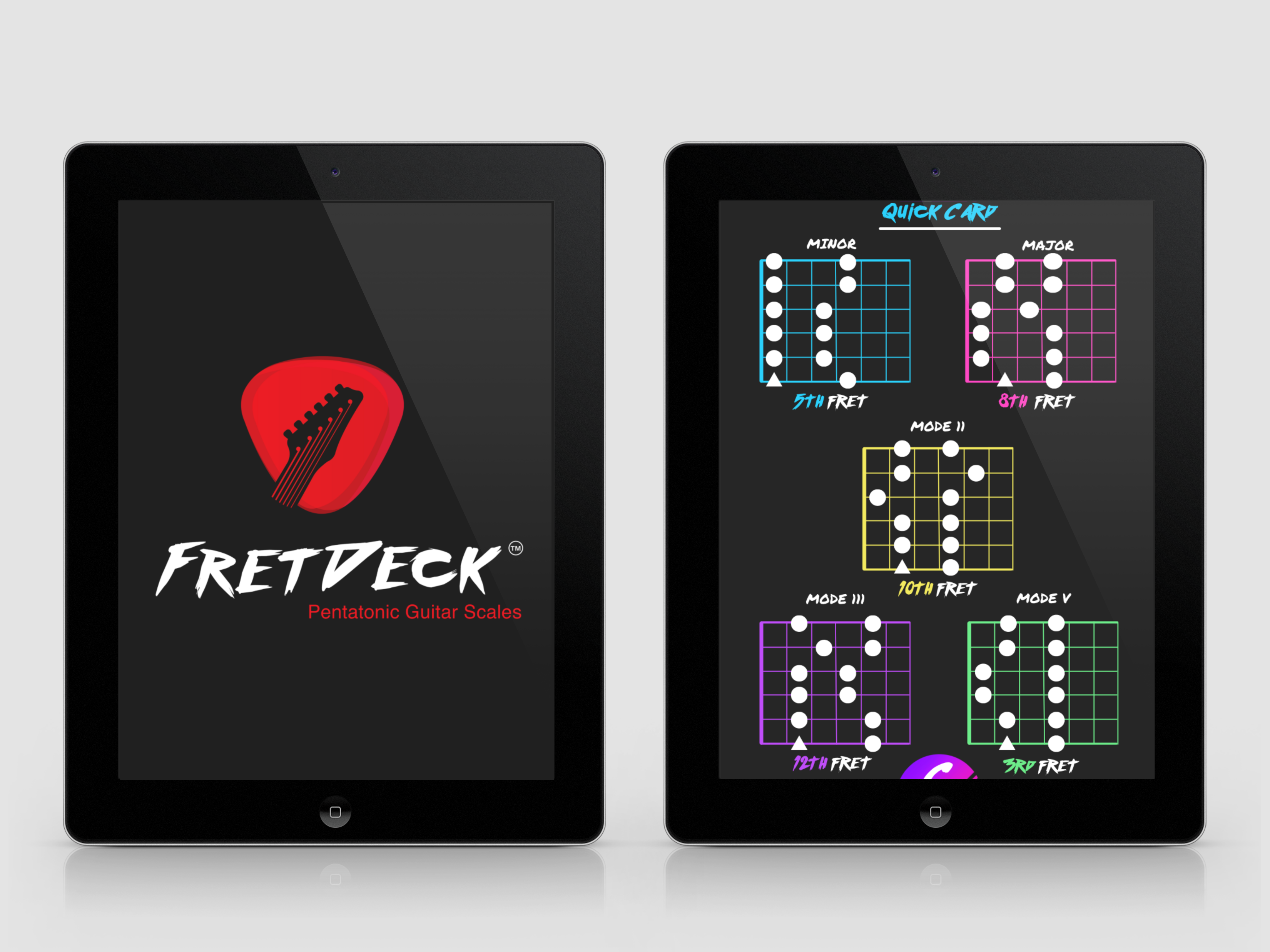When you hear a guitar chord that feels smooth, warm, and sophisticated — that’s the sound of a major 7th guitar chords. These chords instantly add elegance and emotion to your playing, and they’ve been a staple in jazz, soul, and R&B music for decades.
In this guide, we’ll break down what major 7th chords are, how to play them, and how to use them to transform your chord progressions. We’ll even look at famous songs that use major 7th chords to give you a real-world sense of their magic.
What Are Major 7th Guitar Chords?
A major 7th guitar chord (maj7) is built from four notes:
- Root
- Major third
- Perfect fifth
- Major seventh
For example, using the C major scale (C–D–E–F–G–A–B):
- Root: C
- Major third: E
- Perfect fifth: G
- Major seventh: B
The major seventh (B) gives the chord its signature lush, jazzy tone. The sound is often described as dreamy, smooth, or relaxed — a softer alternative to the bold, happy sound of a plain major chord.
Want to understand how these intervals connect across your fretboard?
👉 Read our full guide on guitar fretboard notes to visualize every major and minor interval with ease.

Download The FretDeck & Pentatonic Secrets Course!
Download Our Course
How to Play Major 7th Chords on Guitar
Here are three foundational shapes for major 7th guitar chords. These are all movable across the neck, so once you learn them, you can play major 7th chords in any key.
E-Shape Major 7th (Root on the 6th String)
Example: Gmaj7
e|--3--
B|--3--
G|--4--
D|--4--
A|--x--
E|--3--
A classic barre-chord shape — smooth, rich, and perfect for jazz rhythm comping.
A-Shape Major 7th (Root on the 5th String)
Example: Cmaj7
e|--0--
B|--0--
G|--0--
D|--2--
A|--3--
E|--x--
Open and resonant, this is a great shape for soulful and neo-soul progressions.
D-Shape Major 7th (Root on the 4th String)
Example: Fmaj7
e|--x--
B|--1--
G|--2--
D|--3--
A|--3--
E|--x--
Gentle and melodic, this version sounds beautiful in fingerstyle arrangements.
Using Major 7th Chords in Progressions
Major 7th chords shine when you want a flowing, sophisticated sound. Try these progressions to get that classic jazz or R&B vibe.
1. Imaj7 – IVmaj7
Example in G Major: Gmaj7 – Cmaj7
→ Relaxed and open, perfect for intros and bridges.
2. Imaj7 – vi7 – ii7 – V7
Example in C Major: Cmaj7 – Am7 – Dm7 – G7
→ The legendary jazz progression — smooth, cyclical, and timeless.
3. ii7 – V7 – Imaj7
Example in D Major: Em7 – A7 – Dmaj7
→ A jazz essential that always resolves beautifully.
4. Imaj7 – vi7 – ii7 – IVmaj7
Example in A Major: Amaj7 – F#m7 – Bm7 – Dmaj7
→ A soulful, balanced progression that works in pop ballads and smooth jazz.
Famous Songs Featuring Major 7th Guitar Chords
These classic tunes showcase the warmth and sophistication of major 7th guitar chords:
- 🎵 “Misty” – Erroll Garner
Opens with an Ebmaj7, instantly setting a romantic, cinematic tone. - 🎵 “The Girl from Ipanema” – Antonio Carlos Jobim
Built on the breezy Fmaj7 — the chord that defines bossa nova. - 🎵 “Blue Bossa” – Kenny Dorham
Features Ebmaj7 for contrast and brightness against minor chords. - 🎵 “All the Things You Are” – Jerome Kern
A masterclass in how major 7th chords can glide between key centers effortlessly.
Creative Ways to Use Major 7th Chords
You don’t need to play jazz standards to use major 7th guitar chords. Try these creative ideas in your own music:
1. Use Them as Your Home Chord
Swap a plain major for a maj7 to instantly sound more refined.
Example: Play Cmaj7 instead of C.
2. Replace Standard Major Chords
Turn a basic progression like C–G–Am–F into Cmaj7–Gmaj7–Am7–Fmaj7 for a lush, emotional feel.
3. Add Extensions
Use maj9 or maj13 to expand the soundscape.
Example: Cmaj9 = C–E–G–B–D
4. Use Major 7th Arpeggios for Solos
Arpeggiate the chord tones (1–3–5–7) to build melodic, jazz-flavored lines in your solos.
Major 7th Chords and Fretboard Mastery
To truly use major 7th guitar chords across the neck, you need to understand where their intervals live. That’s where tools like the FretDeck come in.
🎸 Download the FretDeck & Pentatonic Secrets Course
Learn all 60 pentatonic scales in every key — and connect your chord shapes directly to the fretboard. Master improvisation and chord progressions while visualizing every note on your guitar.
Final Thoughts
Major 7th guitar chords are more than just “pretty” chords — they’re the secret to unlocking depth and emotion in your playing. Whether you’re exploring jazz standards, crafting soulful pop, or composing ambient textures, these chords add that unmistakable smoothness that keeps listeners hooked.
Experiment with the shapes, create your own progressions, and pay attention to how each major 7th chord feels. Once you internalize their sound, your playing will gain a new level of sophistication — and your listeners will feel it too.

Download The FretDeck & Pentatonic Secrets Course!
Download Our Course










